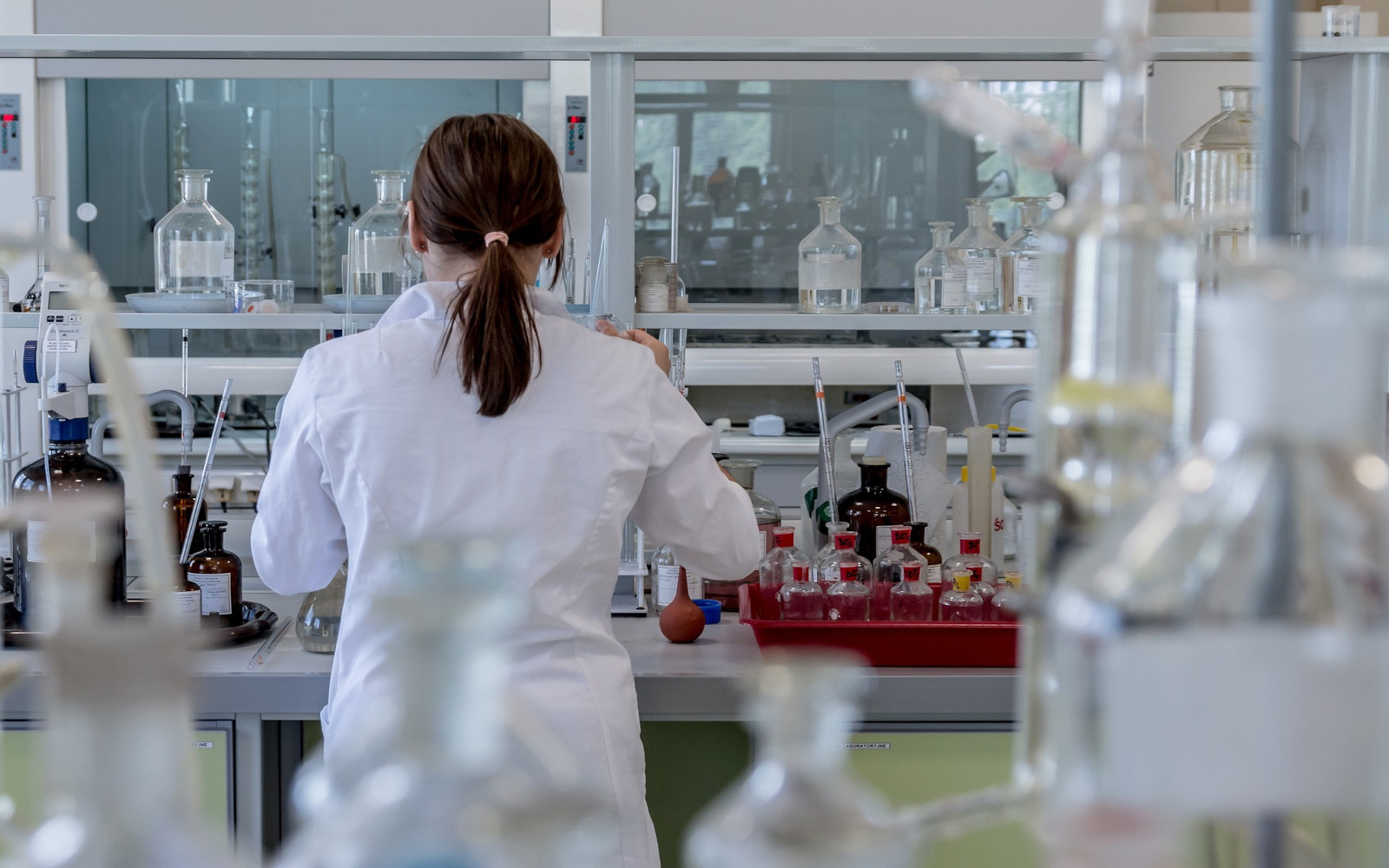Hydrogen Chloride (HCl) is a colorless gas with a pungent, irritating odor, often encountered in various industrial processes. When dissolved in water, it forms hydrochloric acid, a highly corrosive substance used in many applications.
This article delves into the health effects of HCl exposure, industries where it is prevalent, and essential safety measures for workers and safety managers. By understanding these aspects, professionals can better manage risks and implement effective safety protocols.
Health Effects of Hydrogen Chloride Exposure
Hydrogen Chloride is a corrosive gas that can cause severe damage to the respiratory system, skin, and eyes. The severity of health effects depends on the concentration and duration of exposure, as well as the route of exposure (inhalation, dermal contact, or ingestion).
Acute Exposure
- Respiratory Irritation: Inhalation of HCl gas can cause immediate irritation of the respiratory tract, leading to coughing, choking, and shortness of breath. High concentrations can result in pulmonary edema, a life-threatening condition where fluid accumulates in the lungs.
- Eye and Skin Burns: Direct contact with HCl can cause severe burns and permanent damage to the eyes and skin. Symptoms include redness, blistering, and intense pain.
- Gastrointestinal Effects: Ingestion of HCl, even in small amounts, can cause severe damage to the mouth, throat, esophagus, and stomach, leading to nausea, vomiting, and abdominal pain.
Chronic Exposure
- Chronic Bronchitis: Long-term exposure to low levels of HCl can lead to chronic bronchitis and other respiratory conditions, characterized by persistent coughing and breathing difficulties.
- Dental Erosion: Repeated exposure to HCl vapors can erode tooth enamel, leading to dental issues over time.
Industries and Applications
Hydrogen Chloride is widely used across various industries due to its chemical properties. Key industries include:
- Chemical Manufacturing: HCl is used in the production of chlorides, fertilizers, dyes, and pharmaceuticals. It is also a key component in the chemical synthesis of numerous organic and inorganic compounds.
- Metal Processing: It is employed in metal cleaning, pickling, and galvanizing processes to remove oxides and other impurities from metal surfaces.
- Food Processing: HCl is used as an acidifying agent in food processing, particularly in the production of gelatin and other food ingredients.
Safety Considerations and Best Practices
Given the corrosive nature of HCl, safety managers, industrial hygienists, and workers must adhere to stringent safety protocols to prevent exposure and minimize risks.
Monitoring and Detection
- Gas Detection Systems: Installing reliable HCl gas detectors, such as the Accusafe or GasD 8000 by Interscan, is crucial for monitoring airborne concentrations in the workplace. These systems should be regularly calibrated and maintained to ensure accurate readings.
- Proper Ventilation: Effective ventilation systems are essential to disperse HCl vapors and maintain air quality. This includes both general and local exhaust ventilation.
Personal Protective Equipment (PPE)
- Respiratory Protection: Workers should use appropriate respiratory protective equipment, such as full-face respirators with acid gas cartridges, especially in areas with potential HCl exposure.
- Eye and Skin Protection: Chemical-resistant gloves, goggles, and face shields are necessary to protect against splashes and direct contact with HCl.
Emergency Response and Training
- Emergency Procedures: Comprehensive emergency response plans should be in place, including spill containment, evacuation protocols, and first aid measures. Safety showers and eyewash stations should be readily accessible in areas where HCl is handled.
- Training and Education: Regular training for employees on the hazards of HCl, proper use of PPE, and emergency response protocols is critical for maintaining workplace safety.
Lesser-Known Insights and Considerations
- Reactivity with Metals: HCl can react with metals to produce hydrogen gas, which is highly flammable and poses an explosion hazard. Proper handling and storage of HCl and metal objects are essential to prevent dangerous reactions.
- Environmental Impact: HCl releases can contribute to acid rain formation, impacting soil and water quality. Responsible disposal and emissions control are necessary to mitigate environmental damage.
Hydrogen Chloride is a valuable industrial gas with a wide range of applications, but its corrosive nature requires careful handling and robust safety measures. Understanding the health effects of HCl exposure, implementing effective monitoring systems, and adhering to safety protocols are vital for protecting workers.
For more information on HCl gas detection systems and to request a quote for the Accusafe or GasD 8000 by Interscan, contact us today. Ensure the safety of your workforce with reliable gas detection solutions tailored to your needs.


